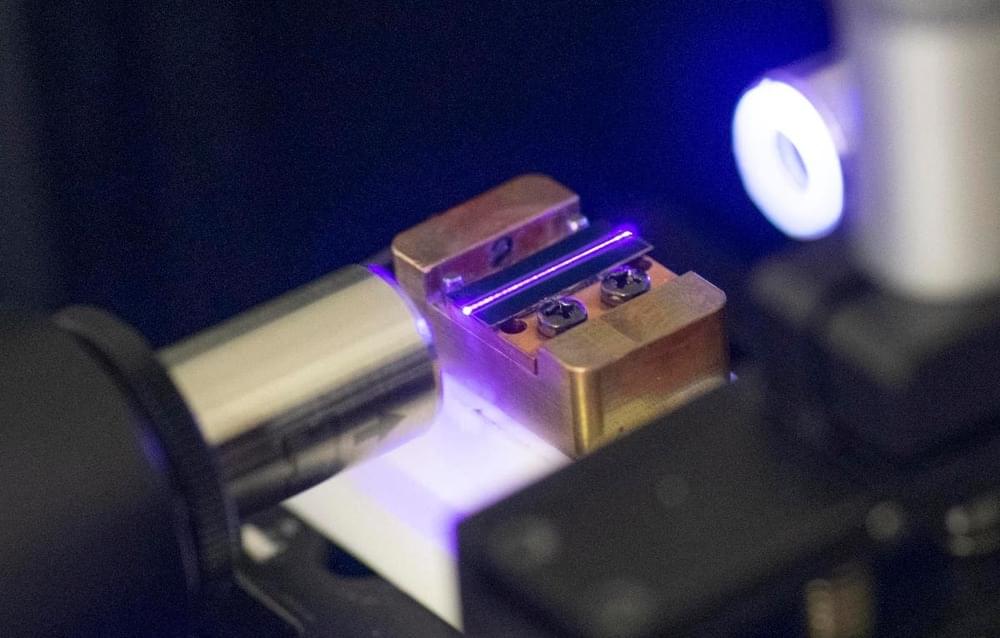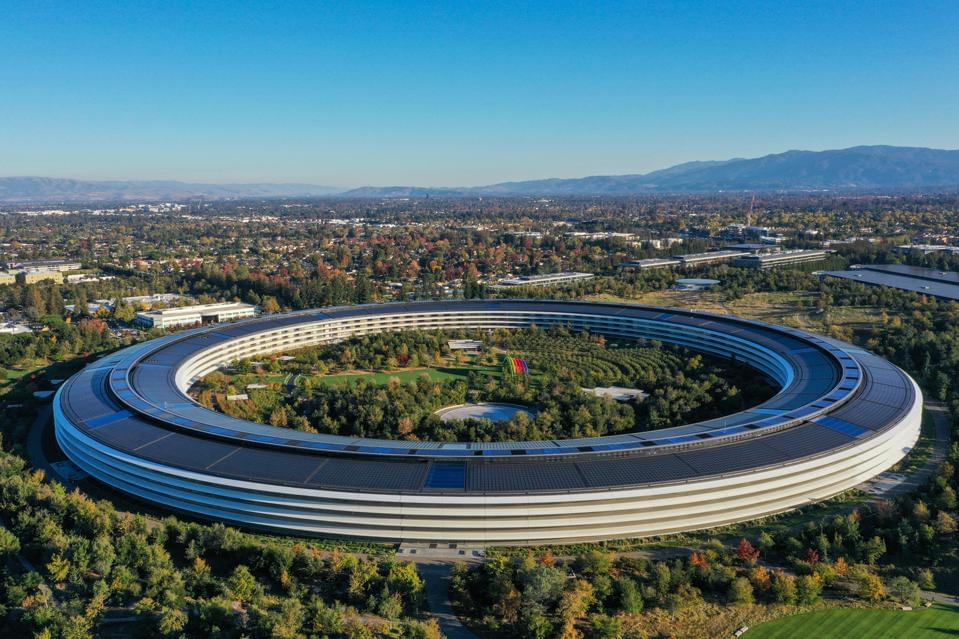SpaceX plans to launch a staggering number of rockets next year, helping to reach CEO Elon Musk’s goal of completing 48 launches in one year.
Get the latest international news and world events from around the world.

New algorithms advance the computing power of early-stage quantum computers
A group of scientists at the U.S. Department of Energy’s Ames Laboratory has developed computational quantum algorithms that are capable of efficient and highly accurate simulations of static and dynamic properties of quantum systems. The algorithms are valuable tools to gain greater insight into the physics and chemistry of complex materials, and they are specifically designed to work on existing and near-future quantum computers.
Scientist Yong-Xin Yao and his research partners at Ames Lab use the power of advanced computers to speed discovery in condensed matter physics, modeling incredibly complex quantum mechanics and how they change over ultra-fast timescales. Current high performance computers can model the properties of very simple, small quantum systems, but larger or more complex systems rapidly expand the number of calculations a computer must perform to arrive at an accurate model, slowing the pace not only of computation, but also discovery.
“This is a real challenge given the current early-stage of existing quantum computing capabilities,” said Yao, “but it is also a very promising opportunity, since these calculations overwhelm classical computer systems, or take far too long to provide timely answers.”

Why Did China Keep Its Exascale Supercomputers Quiet?
There are no greater bragging rights in supercomputing than those that come with top ten listing on the bi-annual list of the world’s most powerful systems—the Top 500. And there are no countries more inclined to throw themselves (and billions) into that competition this decade than the U.S. and China.
Today, the latest results were announced (much more on those here) but notably absent, aside from the expected first exascale machine in the U.S., “Frontier” at Oak Ridge National Laboratory in the U.S., are China’s results, which if published, would have shown two separate exascale-class machines.
This would have been a major mainstream news story had China decided to publicize its results–and on several fronts.


IBM claims it has made a major breakthrough in constructing a quantum computer
IBM says it has built a quantum processor that it says cannot be simulated by a classical computer.
If true, the processor would represent a major breakthrough in quantum computing, which its proponents say could lead to radical changes in how we are able to deal with information.
The company says that the quantum processor is so capable that to simulate its capabilities with a traditional computer, one would require more bits than there are atoms in every person in existence.
Longevity as an investment opportunity | Videoclip with Dr. Eric Verdin (S/T in Spanish)
Very well said and in just one minute by Dr. Eric Verdin, CEO & President of the Buck Institute for Research on Aging.
Videoclip of the intervention of Dr. Eric Verdin, CEO & President of the Buck Institute for Research on Aging, referring to Longevity as an investment opportunity.
His remarks where given during an event organized by the SALT Fund that took place in October 3, 2021.
To view the video of the entire event, clic here: https://youtu.be/mzn4_THIxn4


New Measures For The Digital Economy
By analyzing data from the global online intelligence platform BuiltWith, my colleagues and I have been exploring new ways to measure a nation’s actual digital footprint – from the bottom-up. We have developed two new experimental measures of national digital infrastructure – one focused on domestic digital infrastructure (DDI) and another that looks at a nation’s online export ambitions (DXI).
We plan to develop these further and explore how they may be used to feature in a future index of Digital Economic Investment next year.
This first measure: Digital Domestic Infrastructure (DDI), has a domestic focus and simply looks at the number of websites in each country using the top-level country domain as a simple filter for geography. We digital infrastructure consists of much more than websites and online services but that is a useful guide at a national scale into a nations investments and assets in the digital economy. We’ve also filtered for domains that are hosted by or invest in paid technologies (a data feature BuiltWith offers), so as to distinguish active websites from those that are idle or redirected – typically held by domain squatters. This also removes counts of hobby or personal websites as, while there’s an amazing array of free, open source technologies to be used in building digital services online, most commercial services now have at least one form of paid technology in their mix.

Honda Puts Its Autonomous Vehicle Tech To Work At Construction Site
Honda and the engineering and construction firm Black & Veatch have tested a prototype of Honda’s autonomous work vehicle at a construction site in New Mexico.
During a month of tests, the AWV performed such tasks as towing, moving construction materials and other supplies to specific locations within the work site.
Honda’s AWV was first shown as a concept at the 2018 Consumer Electronics Show. It combines a durable off-road side-by-side platform with advanced autonomous technology. The vehicle uses a collection of sensors to maneuver without a driver, using GPS, radar and lidar for obstacle detection, as well as 3D cameras. Together, these features enable the AWV to be operated by remote control.

Blood Moon Eclipse 2021: Why You Need To Wake-Up Early On Thursday To See The ‘Giant Japanese Lantern’ Moon Glow
A great celestial event is coming for North America, but you’re going to have to get up early to see it.
Taking place on the night of November 18–19, 2021 is the longest partial eclipse of the Moon this century.
That in itself is not a huge claim. After all, a total lunar eclipse is the “best” kind of lunar eclipse. However, what happens later this week will be, and look, rather strange.
It’s set to be a very deep eclipse with about 97% of the Moon’s disk passing through the dark inner part of Earth’s shadow–its umbra–to leave “a tiny, silvery sliver of the Moon’s southern edge peeking out,” as Sky & Telescope magazine puts it.
Full Story: